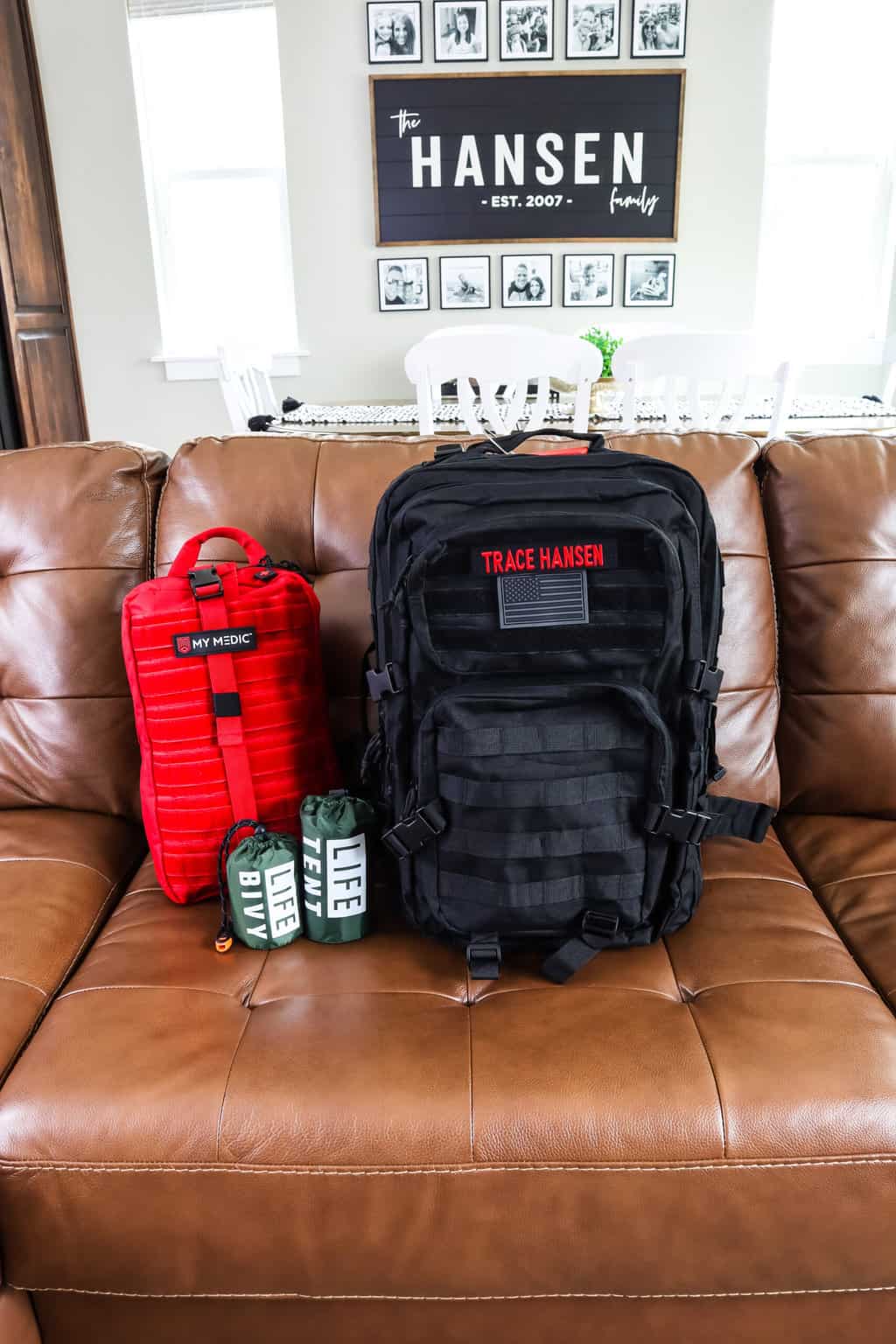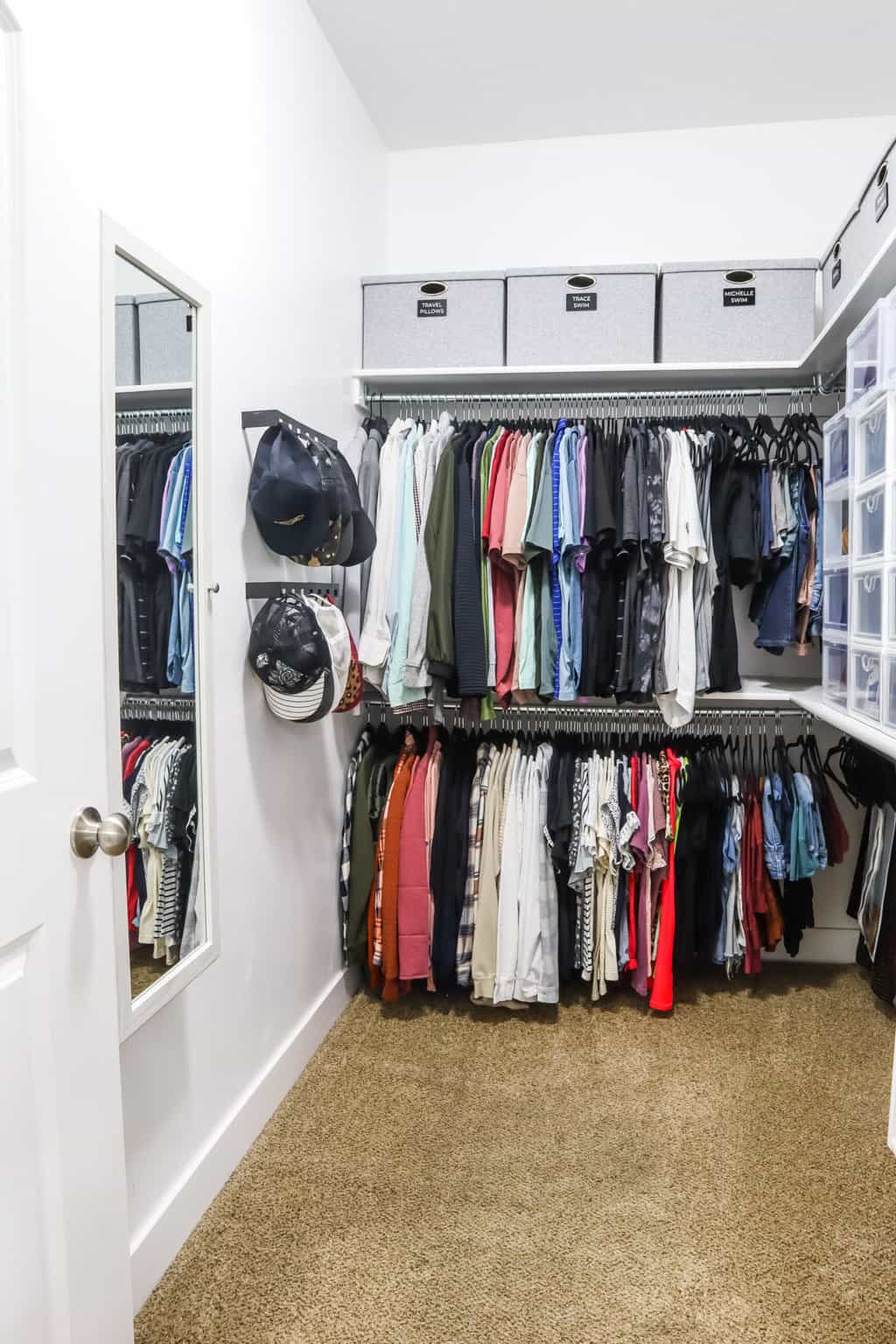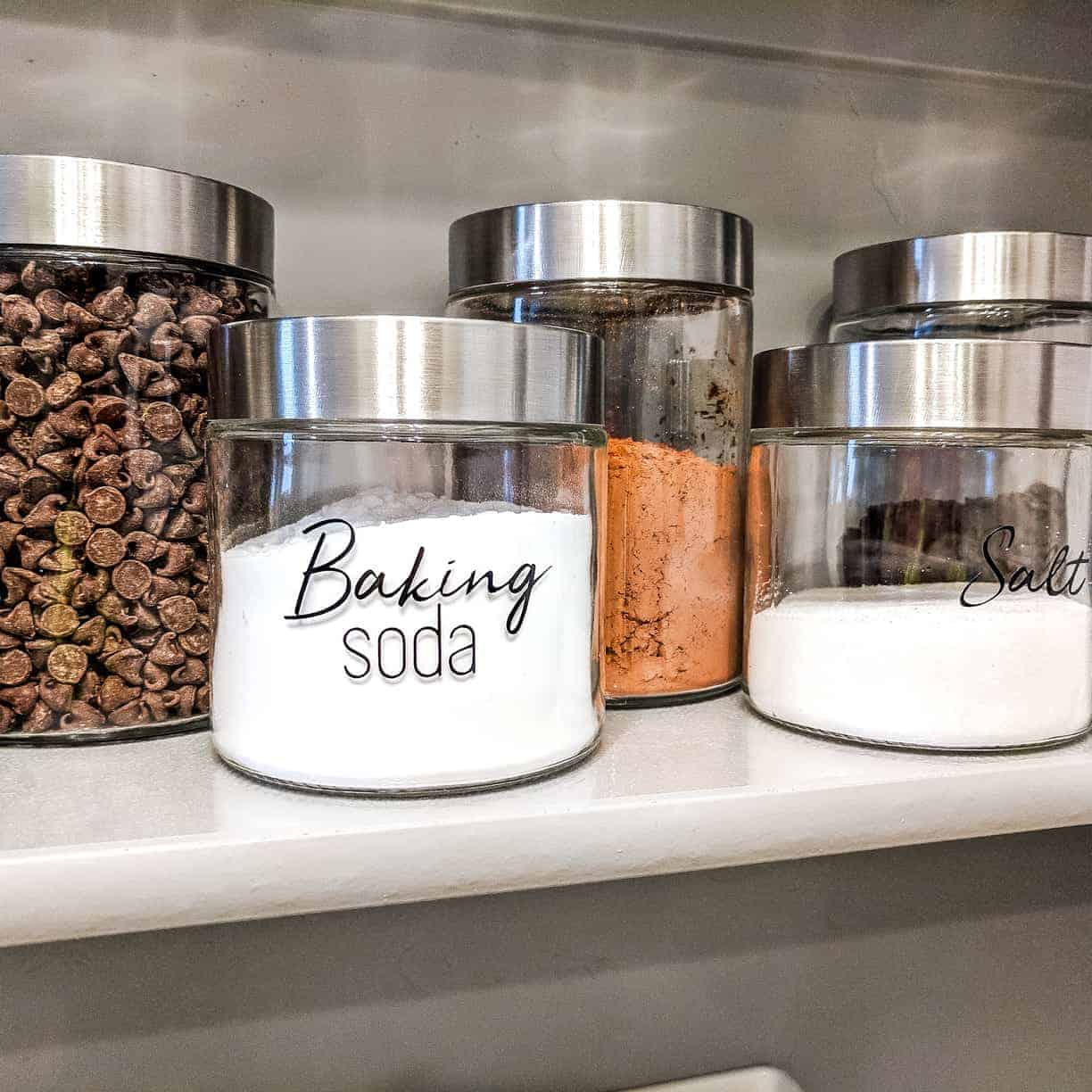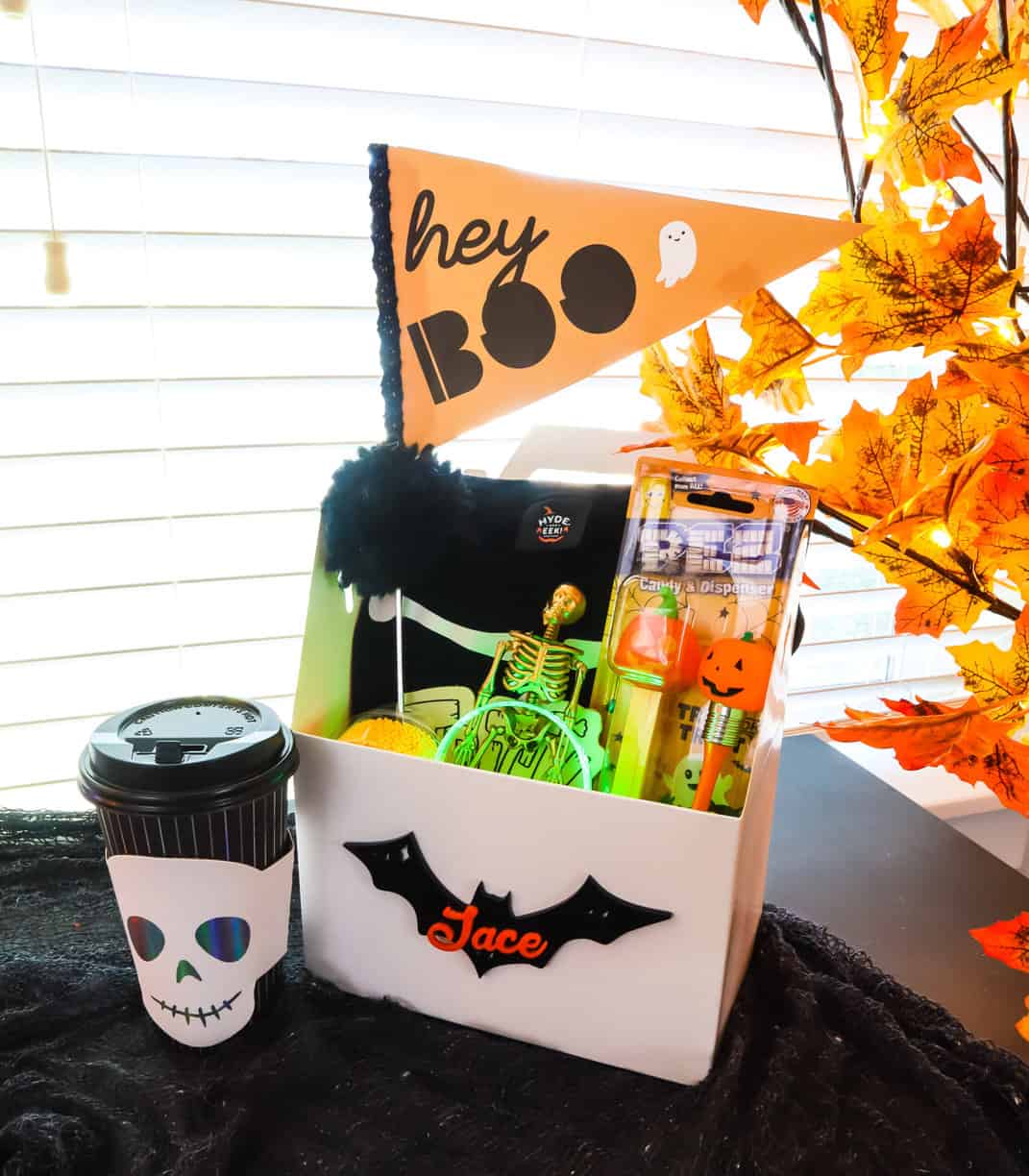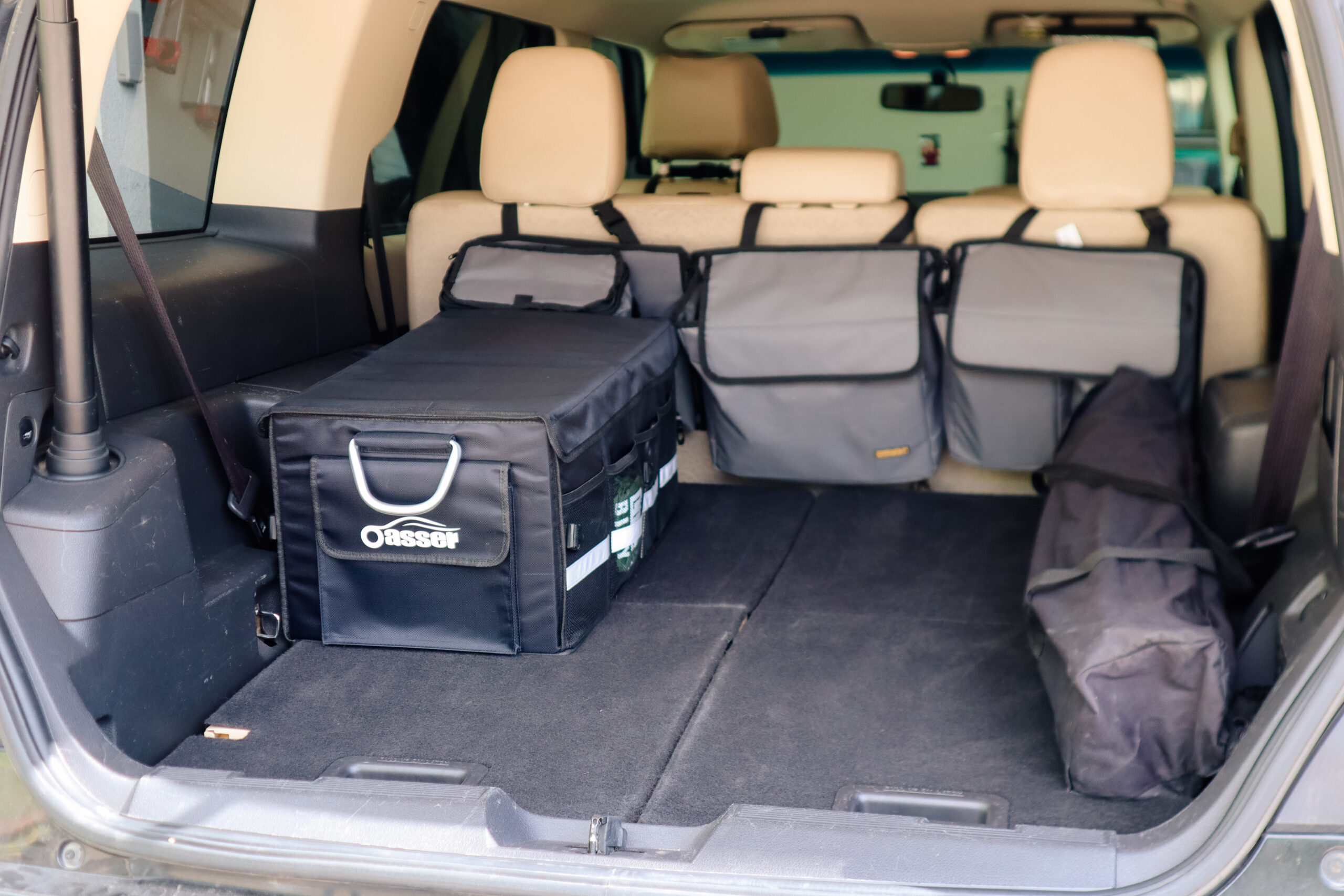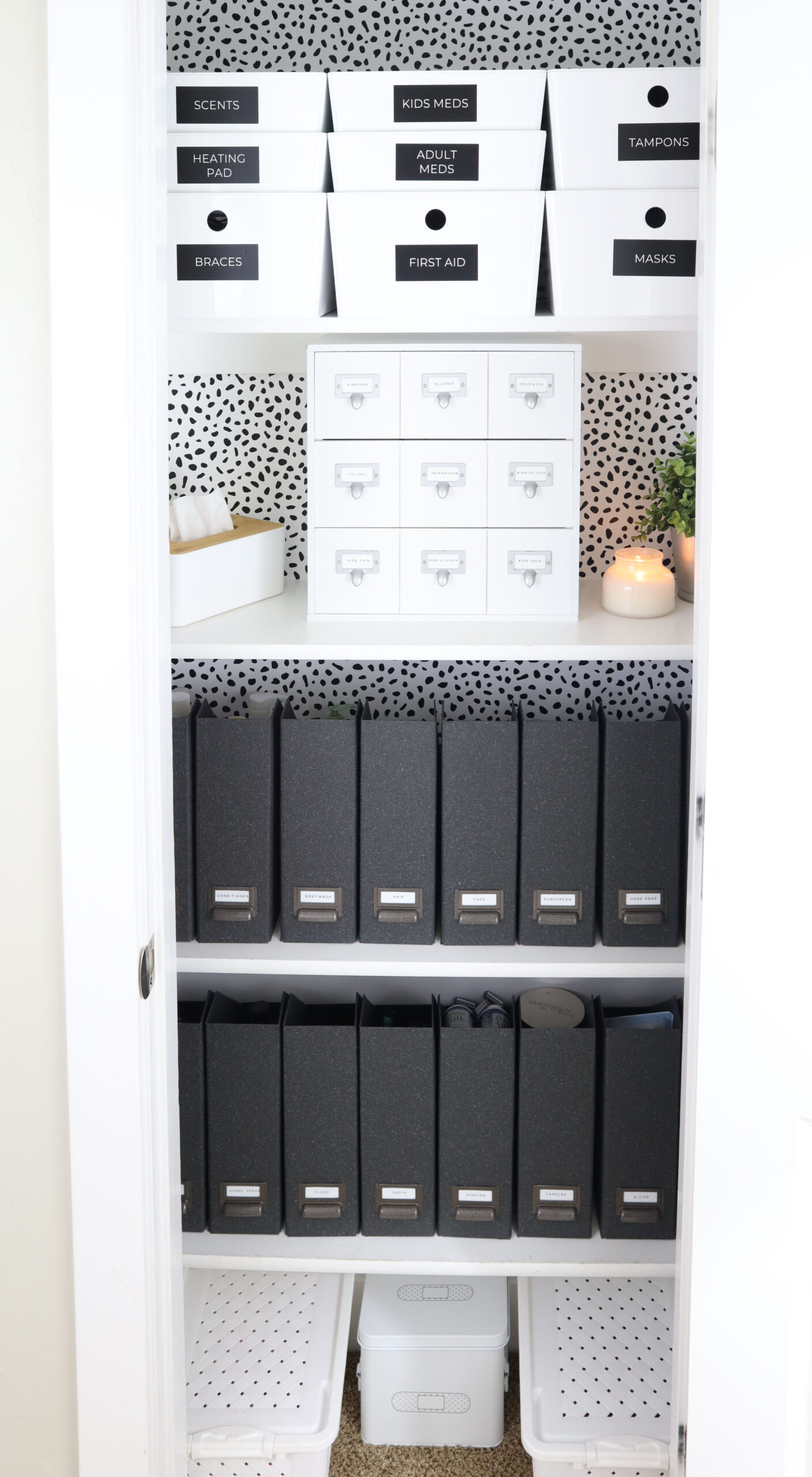Organize your Pots and Pans: Tips, Tricks and How to care for them
Do you have pots and pans all over your kitchen? Can’t remember where the lid goes for a particular pan? This post will help! We’ll start with organizing small pots and pans, then the large pots and pans. Then we’ll talk about how to store lids, then how to properly nest them. Finally, we’ll show different ways of storing them in your kitchen according to the space available.
Pots and pans are often a challenge to keep organized in the kitchen. They take up a lot of space on shelves, can get lost in drawers, and generally just create clutter. These cooking tools serve different purposes for different people- some pots are perfect for boiling water while others may be used exclusively as frying pans.
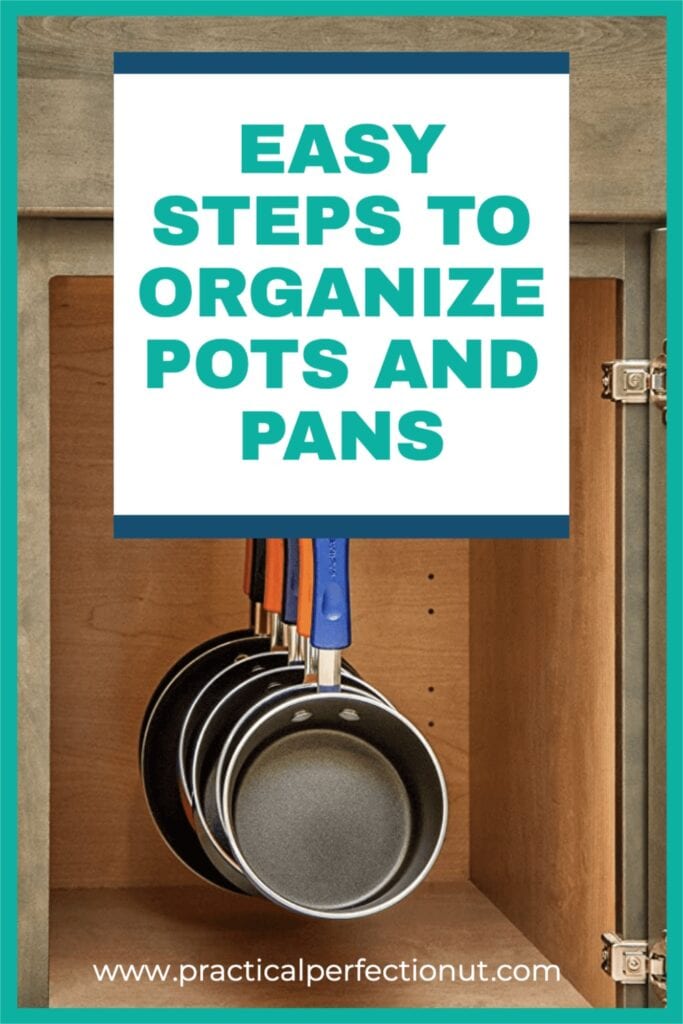
The size of your pots and pans also varies greatly based on how many mouths you plan to cook for at once! Pots can range anywhere from one quart all the way up to four gallons. No matter what size or shape they come in, they’re sure to end up scattered around the kitchen!
What is the best way to store pots and pans?
The first step is organizing the small pots and pans that can’t be nested with the others. These pots can be stored in drawers, hooks on the wall or cabinet doors, or a utensil tray and organizer rack like those at IKEA.
The next step is organizing large pots and pans- any that are too big to fit inside of one another for storage. There are many different ways to store these depending on what you have available in your kitchen space:
–Hanging racks offer additional storage space while giving the appearance of more room due to their vertical design.
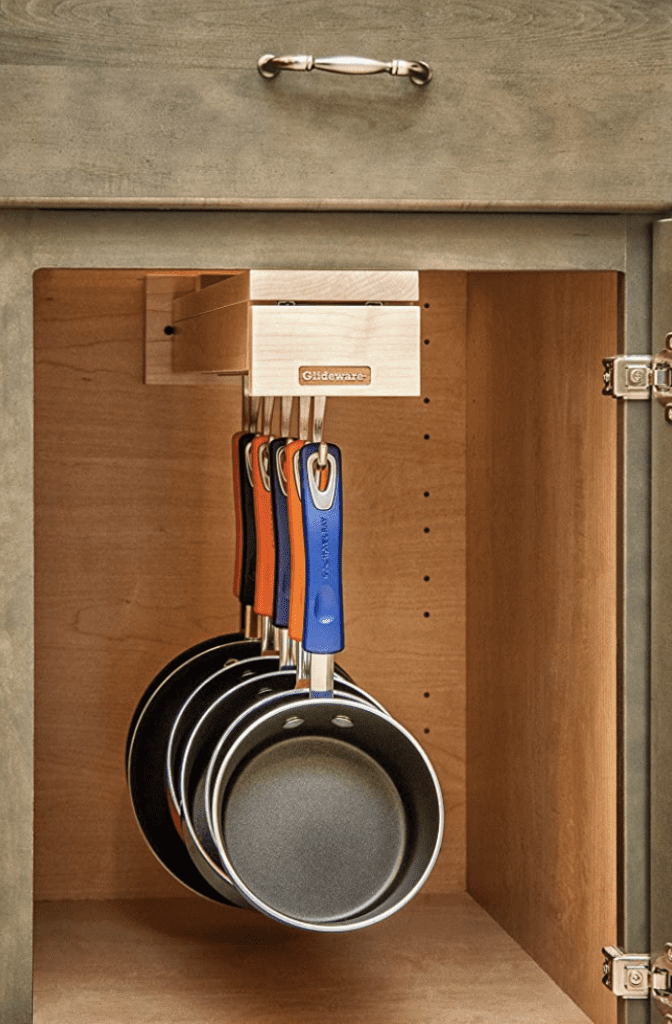
-Drawer organizers allow pots to nest together within individual compartments so they don’t take up as much valuable drawer space!
You can purchase and in-drawer pegboard system that allows you to keep pots and pans in their designated spots. The pegs are adjustable to allow for different sizes.
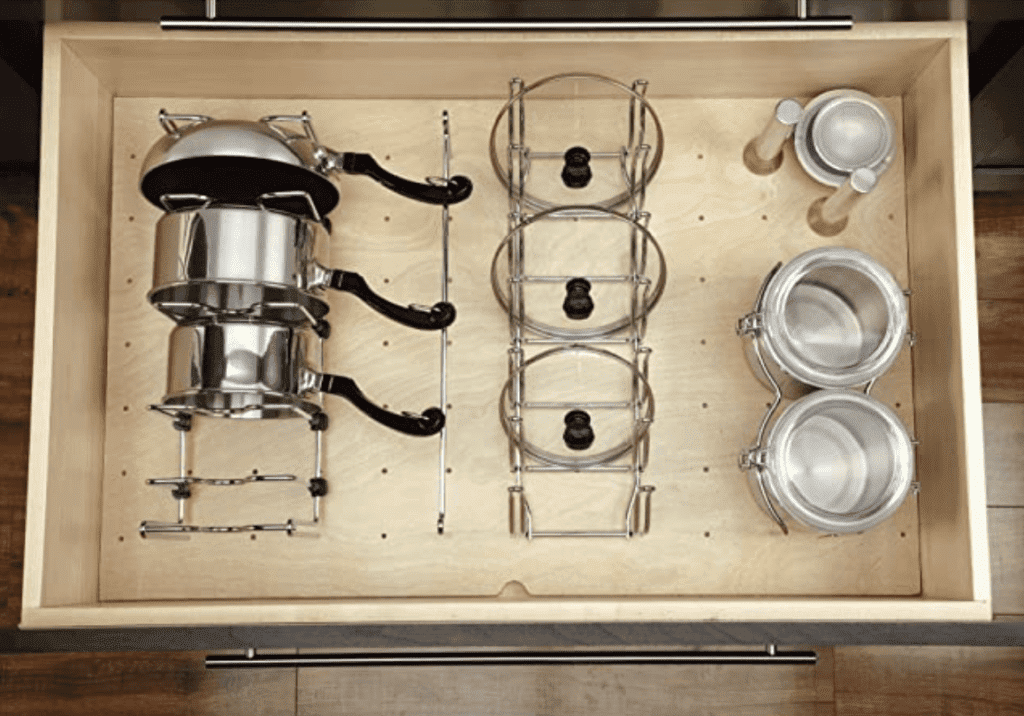
The pots with handles are a bit more difficult to store. The best way to organize them is by type, such as all the saucepans together or frying pans separately from soup pots and so on. If you use your pots and pans most often for cooking pasta then place those near one another in storage. This will help when it comes time to cook dinner!
If there’s not enough space in the cupboard, make sure that any pot/pan without handles (such as sautee pan) has its own designated shelf. It shouldn’t be touching anything else because this could cause scratches too unless they’re protected by a liner of some sort like a silicone mat/sheet protector. More on that in a minute.
How do you organize your pots and pans if they are in a cabinet?
Some pots and pans are stored in a cabinet. When organizing pots and pans in the cabinets, it is important to remember that smaller items should be placed at eye level for easier access while larger pots go on the bottom shelves or can even hang from hooks inside your cabinet door! A useful way to stack small or medium-sized pots and pans together would be with pot rack organizers which allow you to customize how they fit into any space.
It’s especially helpful to have an organizer that allows you to pull out the pots and pans on the rack. It’s difficult to try and reach back in the back of a cabinet to reach those other pans. This organizer allows you to pull out the lids and the pots either separately or together so you can easily access what you need.

You can also organize your pots and pans inside a cabinet using a self-installed shelf system. There are various types of systems that you can use. Some are adjustable, some are not. Some fit into a small cabinet, some fit into larger cabinets. You’ll need to make sure to measure your cabinet before you order anything so you don’t accidentally order something that won’t fit in your cupboard.
This pan organizer rack is fully adjustable to allow you to adjust the height to fit different sizes of pots and pans.

This pan organizer rack has shelf heights that are not adjustable. Just make sure to measure your pans before ordering to make sure they’ll all fit!
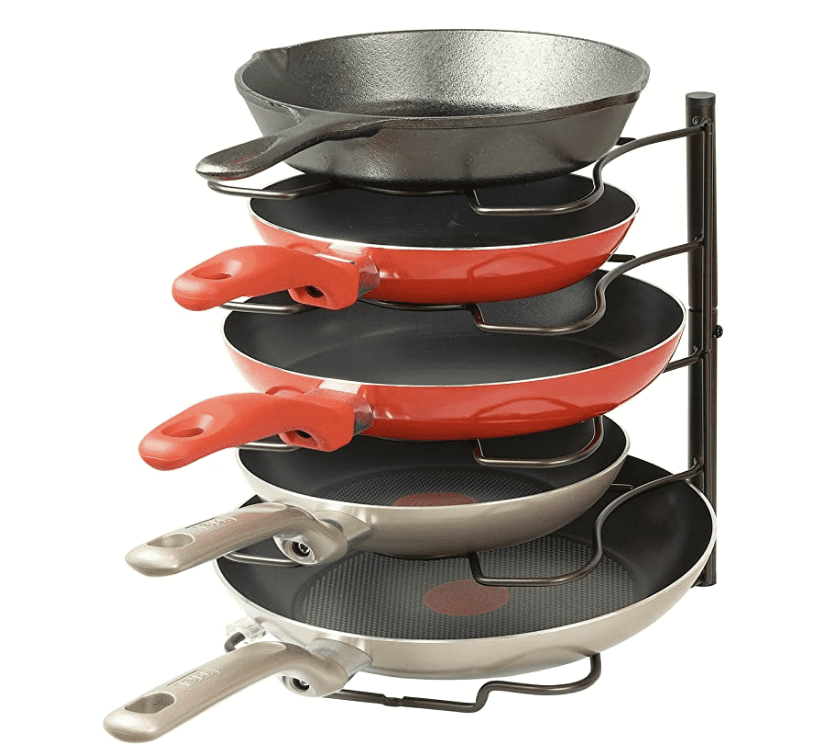
This YouCopia pan organizer is the same concept as the one above except you are storing your pans horizontally and not vertically. These shelves are fully adjustable.

Places you can store your pots and pans (and lids!)
There are tons of different places you can store your pots, pans, and lids. In reality, it depends on the size of your pots and pans. The most popular ways to store pots are on hooks, in a pot rack organizer, or in cabinets.
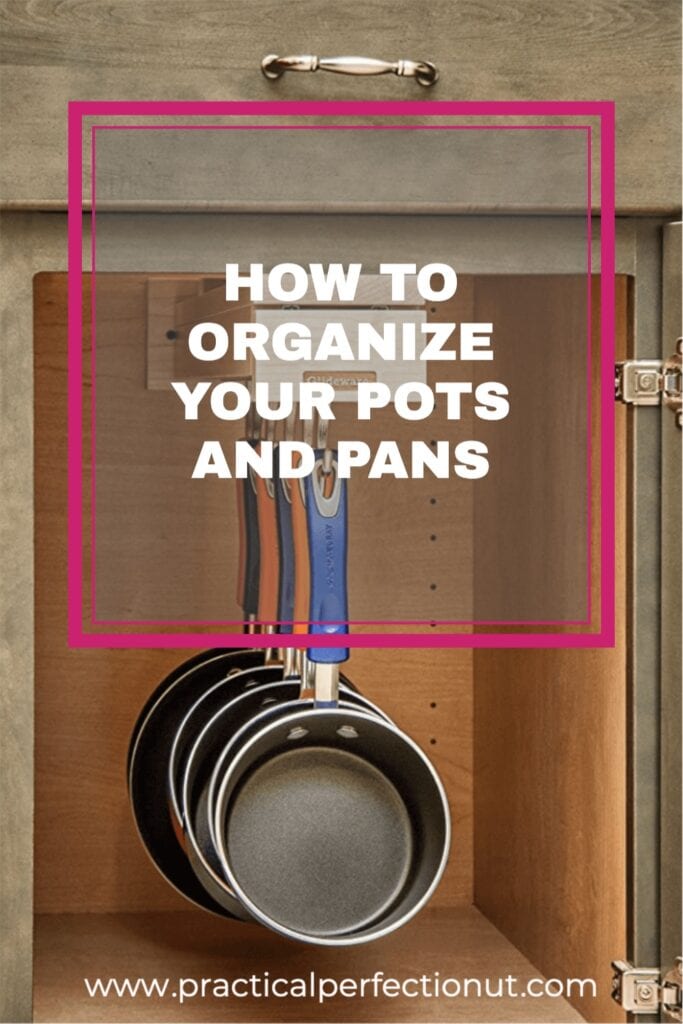
However, the different shapes of pots can make it difficult to find space for them all! If you have more than one lid, they should be stored close to their corresponding pot so they don’t get lost. Besides a pegboard over your stovetop or inside cupboards near the range below where you cook is an excellent place for lids as well because they won’t take up much space there either!
You can purchase a lid organizer that screws into the cupboard door to to keep the lids out of the way.
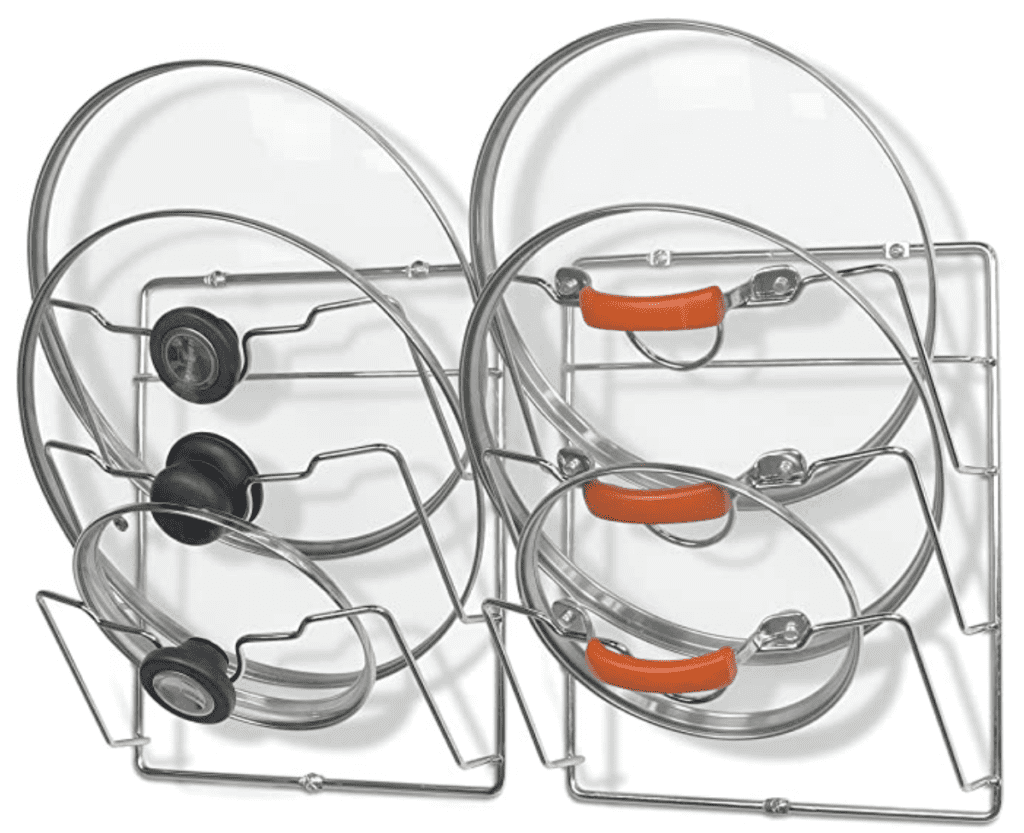
You can also try out another version that files your pot and pan lids in a row. You can choose to display this so the lids are front-facing or side-facing. If you turn the rack to the side, you’ll be able to access the lids easier.

Is it OK to stack pots and pans?
Short answer: Yes….sometimes
Stacking pots in the kitchen is a great way to save space. However, nesting them inside each other can often lead to scratches and dents, especially if your kids are the ones putting the pots and pans away!
To prevent scratches and dents from impacting both functionality and aesthetics, make sure any pot bottoms without feet rest on another surface between it and the other pot/pan it’s nested inside of while being stacked for storage. These felt pot and pan protectors work wonders for prolonging the life of your pots and pans.
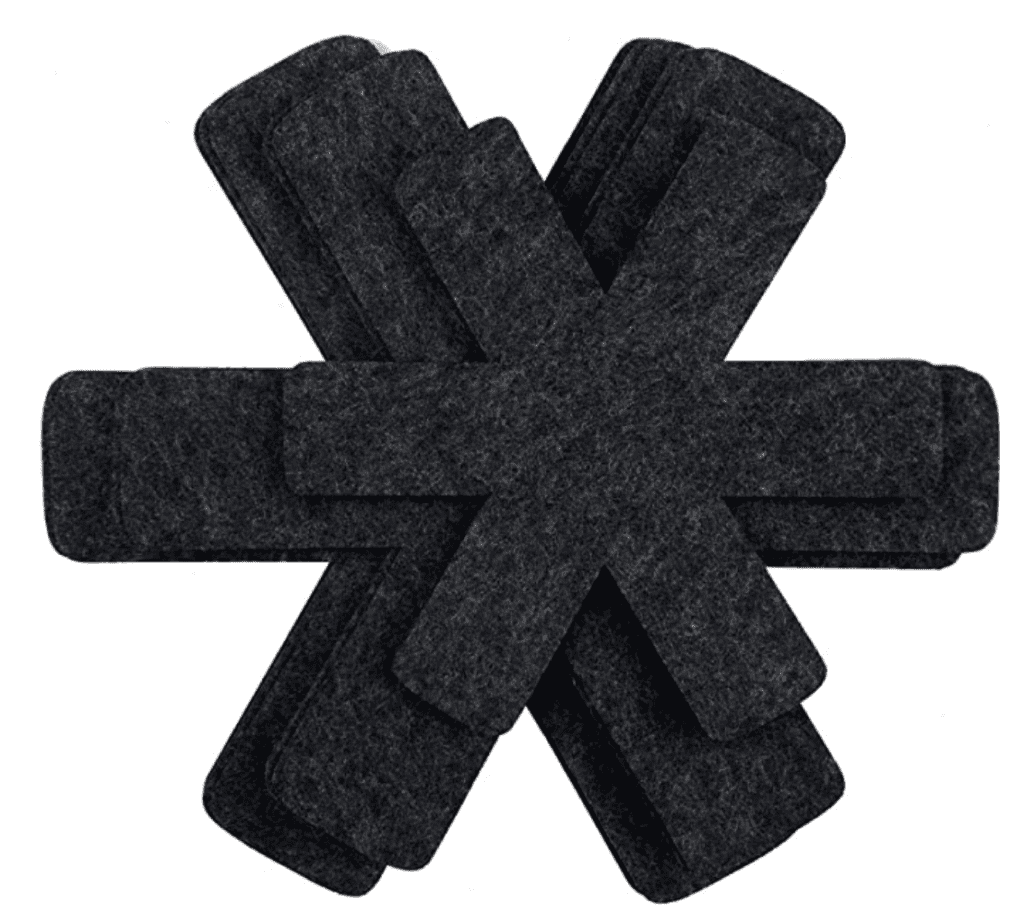
Where do you store large pots?
If you don’t have enough counter space, this may be your only option. For larger pots it’s also important that they are vertical so the handles stay strong and do not break over time from being bent repeatedly.
Storing pots on their side takes up too much room! Make sure they’re standing vertically when storing them if possible for both storage purposes as well as ease of use later on.
How do you care for pots and pans?
Here are a few tips, some do’s and don’ts on keeping your pots and pans looking (and acting) like new:
Do hand wash them with soap and water. Good advice: Cleaning pots in cold water is not recommended; this weakens the material by causing corrosion. You should wash any pot using hot soapy water. Don’t forget to wash the inside of the pot/pan as well as the outside.
Don’t put pots or pans in the dishwasher because it can warp metal (not to mention you’ll lose lids).
For MAJOR OVERACHIEVERS – Before cooking, use a paper towel dipped in oil to coat the inside of your pan for easier food release.
Shop Pot and Pan Organizers:
How often should you buy a new set of pots and pans?
It depends on how often you cook and the type of pots or pans that you have. If they’re nonstick, for instance, it’s a good idea to replace them every year because as they wear down their performance decreases
Some people say every three years if your pots are stainless steel and need some love from time to time
If you’re an avid chef who cooks all day everyday then get new ones after six months! They will last longer and perform better with less use over time.
What should you look for when buying a set of cookware?
Diameter: pots and pans vary in size for different-sized burners. Large pots, like dutch ovens or stockpots, are often used on larger stovetops while small saucepots may fit better on a smaller range top. The diameter of the pot is important because it determines how much room you have to stir around inside of the pot when cooking large dishes that require stirring such as soups, sauces, casseroles etc.
-Will this pot work on your stovetop’s range sizes? (12″, 14″)
-What material do you want your pots and pans to be made from? (Stainless steel, copper)
-Do you prefer nonstick pots and pans? (Yes or no)



